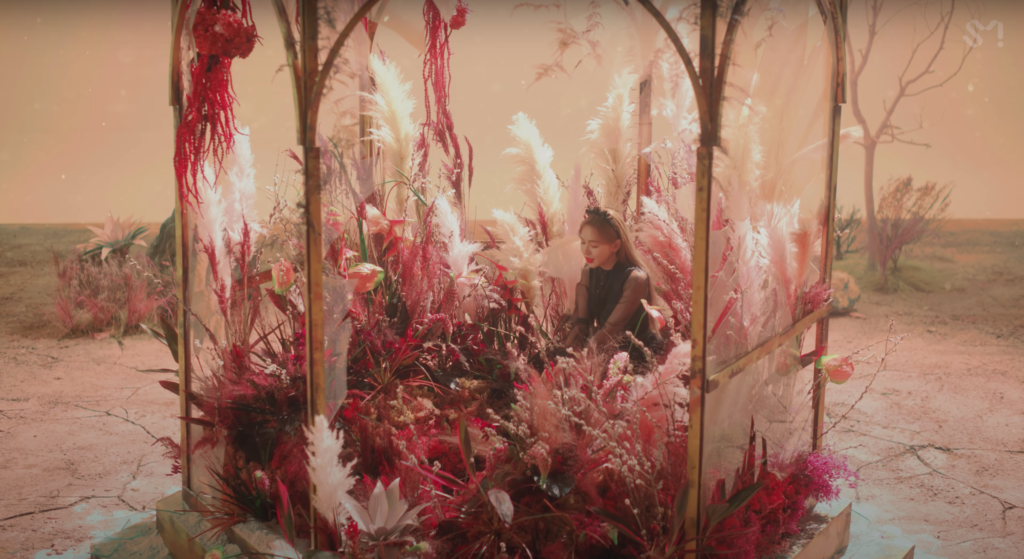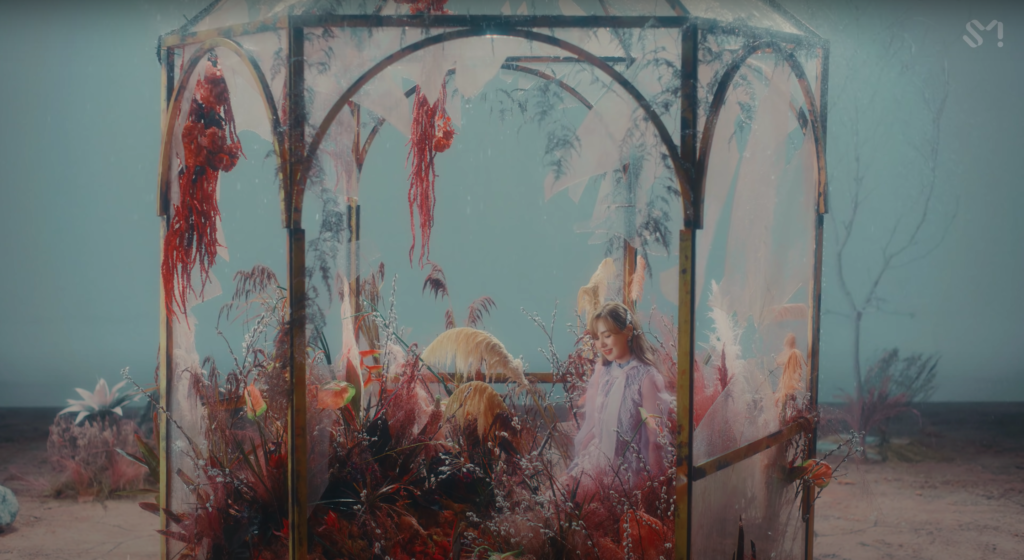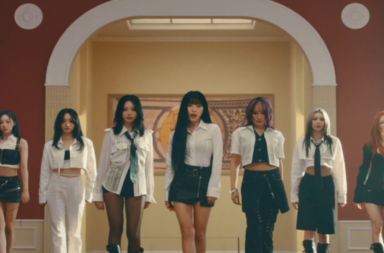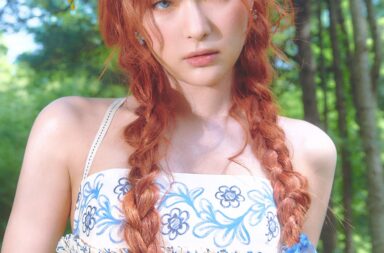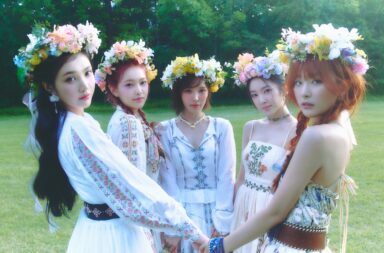About 60% of the human body is made up of water. The element is life giving, a tenet of survival, and a symbol of healing and growth.
On April 5, Wendy of Red Velvet debuted as a solo artist with the title track “Like Water.” The lyrics of the chorus embodies the healing aspect of water, connecting it with love:
“My love is like water
Filling your sore spots
It covers the deep wounds and embraces you tightly
It makes you rise again”
As taught early on, water has three phrases—solid, liquid, and gas. Just like water, Wendy is an adaptable artist, which is demonstrated in the single and its MV.
The “Like Water” MV weaves together seemingly unrelated images with underlying common threads of beautiful aesthetics (this MV is truly gorgeous) and the symbolic nature of water. The only minor criticism may be that it is sometimes too nail-on-the head, and this overtness takes the viewer out of the sensual experience of the MV. For example, when a line about an eyelash appears in the song, a focused close up shot of Wendy’s eyelash appears on screen. It is a little thing, but it is so self-evident that it makes a viewer pause. However, the simple and truly beautiful shots of the MV re-capture this lost attention.
There are some moments when the camera is completely focused, but, for the most part, something covers the lens in each shot. This gives the images a hazier look, leaning into a loose aesthetic that makes the MV seem like the glimmering surface of water.
Meanwhile, it is interesting to note that the “Like Water” MV almost always has something obscuring another thing, whether it be the lack of clarity because of the filter on the shots or some other design element present in the frame. One of the last sets features Wendy at the center of a cascade of purple ribbons falling from the ceiling. As the camera revolves around the space, the ribbons hide or reveal the soloist as the song reaches its peak.
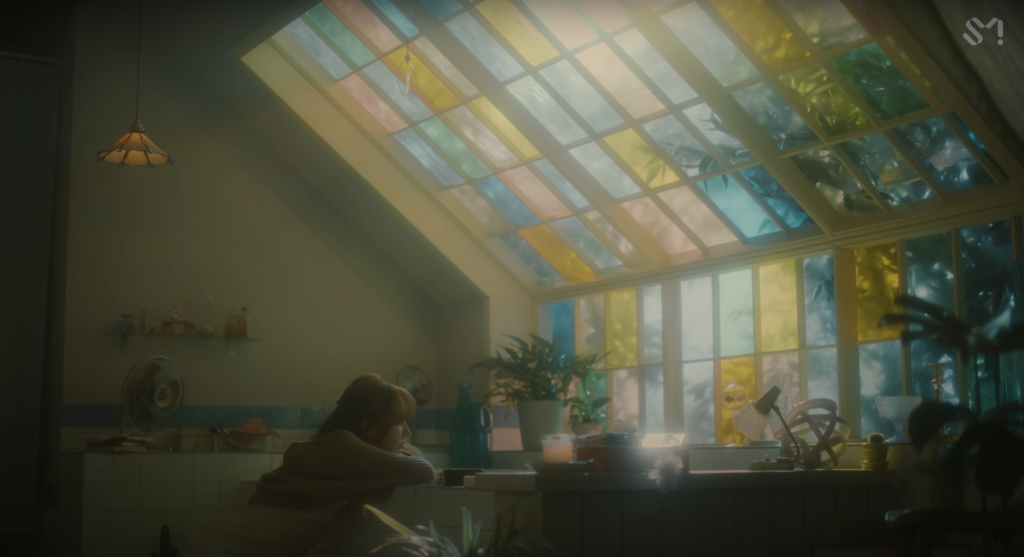
Despite this, there is also a fluidity that is just as noticeable, if not more. There is a fluidity of time, indicated through the costumes and sets that suggest the four seasons. It is spring in the greenhouse where Wendy is surrounded by blooming pink flowers. Some plants hang from the golden arches or peek out from between the cracks in the structure. Beauty finds a way to thrive even when broken. The fractures in the greenhouses’s panels also reflect the drought in the immediate environment, as it is only in Wendy’s space that life thrives.
Wendy is the summertime in her bright red ball gown; her domain a mansion with art on its walls and tall columns. A few shots show her standing in front of a large horizontal painting of a summery scene full of bright flowers. Wendy’s dress matches the color of the flowers in this expansive scene, so there is a natural transition from the soloist in the middle of the frame to the flowers that catch the eye in the background.
The painting seems to be of the Impressionist style, in which the brushstrokes are very loose and fluid, lending to the symbolism of water. However, it is intriguing to think about how this set is indoors, while the Impressionists were known for “ein plein air,” or painting outdoors.
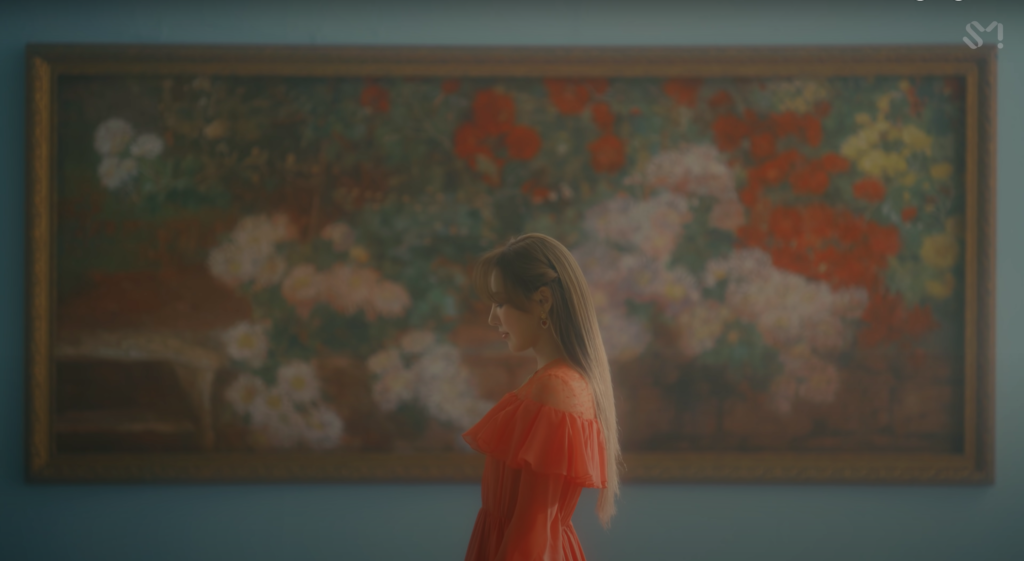
Fall appears as Wendy dons a tan knitted sweater, and her hairstyle becomes more casual with the soft waves of her bangs. There is a new coziness that was not found before, a simplicity that contrasts with the earlier elaborate ball gowns. She leans against an empty bathtub, looking beyond the stained glass window that runs parallel to the tub. The mosaic of the blue, yellow, and dusty pink glass panes mark a transition of seasons through the vibrant colors to the more muted shades.
Winter comes last. The purple and blue light gives the curtain set a frostier edge, especially the lighter and darker blue-dominated shots. With Wendy’s white lace dress, diamond star earrings, and the notes climbing higher and higher, the atmosphere gets chillier. Though with the display of Wendy’s vocal range, it is a good kind of chills.
Tthe strength of the fluidity is partly because of the juxtaposition of elements. This contrast increases the tension and visibility of the designs that “fight” against one another. In the mansion set, Wendy’s flowing red dress complements the vertical symmetry of the columns and the rigidness of the art frames on the walls. The stained glass window in the bathroom set also subtly contrasts with the softness of Wendy: her hair falls loosely around her face; her sweater slips off of her shoulders; her body curls up next to the bathtub.
There is a pull between blues and reds of the main palette. These colors are not complementary but they are close enough—blue’s complement is orange and red’s complement is green—that there still is tension between them, especially since the red in the MV is more of a red-orange. “Like Water” is both cool and fiery.
Meanwhile, for all of the water symbolism and indication of movement, Wendy herself does not move for the majority of the MV. She either sits, lies down, or stands in one spot. The train tracks in the mansion, for example, are not in use, and Wendy sits in a chair at the end of this line. There is a suggestion of a journey, in which Wendy is the final destination. Maybe it is a metaphor for her arriving as a solo artist. This static does not mean that Wendy is stuck, but there is a little bit of irony to this decision, especially with the overall theme of water and its flexibility.
Wendy’s voice, however, does move—in fact, it soars. And that is what the “Like Water” MV spotlights. The artist actually moves the most during the runs of high notes, such as lifting her hand, swaying her upper body, or tilting her head. To be honest, there were moments when I tried to focus on analyzing the details of the MV but kept getting distracted by the power and intricacies of Wendy’s voice.
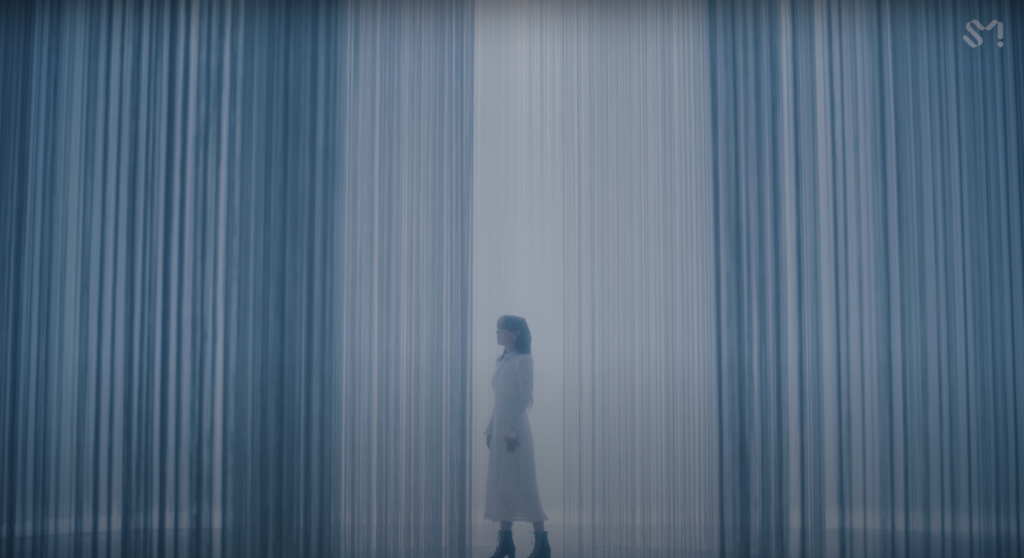
In essence, “Like Water” is a gorgeous MV with gorgeous vocals at its forefront. Wendy’s voice fits beautifully with the ballad, and the instrumentals give a form that could get tiring a new texture. This texture then juxtaposes with Wendy’s smooth and elegant vocals, which glide effortlessly throughout the song, but particularly at the end.
The line, “I just wanna thank you for believing in me” is the only (English) text that appears in the MV, a lyric of “Like Water.” This is the core of Wendy’s debut solo effort, as she thanks those who have supported her on this new journey. From being the main vocalist of Red Velvet to becoming an official soloist, Wendy is indeed “like water,” as she shows another side of who she is as an artist.
(YouTube. Images via SM Entertainment.)
